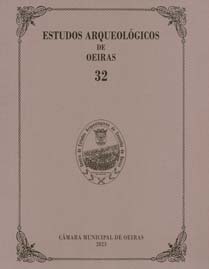A alimentação dos mais antigos habitantes fenícios da Península Ibérica: as faunas de mamíferos de La Rebanadilla, Málaga (século IX a.C.)
DOI: https://doi.org/10.5281/zenodo.7920508
Palavras-chave:
Zooarchaeology, La Rebanadilla, Phoenicians, Food economyResumo
This article concerns the faunal remains of the first phase of the urban Phoenician occupation of La Rebanadilla, Málaga (Phase IV), at the end of the IX century BC, from a set of structures excavated in the geological substrate.
There was a clear predominance of domestic animals, represented, in descending order, by caprines (sheep and goats) and cattle. Residually, other animals of large, medium and small size were identified, also in descending order: pig/boar, aurochs, horse and wild rabbit.
Cut marks and traces of fire were identified, as well as other modifications present on the surface of the bones, as a result of the way in which the meat was consumed.
Comparison of these results with those obtained at other peninsular archaeological sites, corresponding to the installation of Phoenician populations between the 8th and 6th centuries BC, confirms the full predominance of the goat/cattle binomial, revealing stable and complex communities, with a specialized economy.
The correlation between the size of the anatomical segments of the different species identified, based on the corresponding bone remains, and the typology of ceramic productions associated with their consumption was also discussed.
Downloads
Publicado
Como Citar
Edição
Secção
Licença
Os artigos publicados são da exclusiva responsabilidade dos Autores.
É expressamente proibida a reprodução de quaisquer imagens sobre as quais
existam direitos de autor sem o prévio consentimento dos signatários dos artigos
respectivos.




